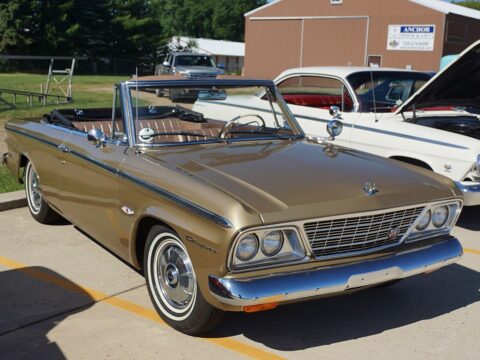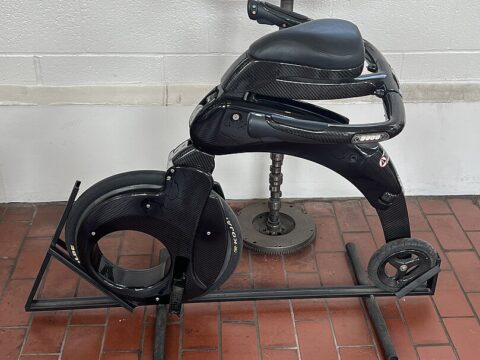Trucks with the lowest trade-in values tend to be models with high depreciation rates, reliability issues, or limited demand. Examples include the Nissan Titan, which suffers from low sales and high depreciation, and the Ford F-150’s base models, which may depreciate quickly due to the high volume of newer models on the market. Other trucks like the Chevrolet Colorado and GMC Canyon can also experience low trade-in values, particularly if they lack desirable features or have lower-than-average reliability ratings.
Contents
Nissan Frontier (2005-2020)
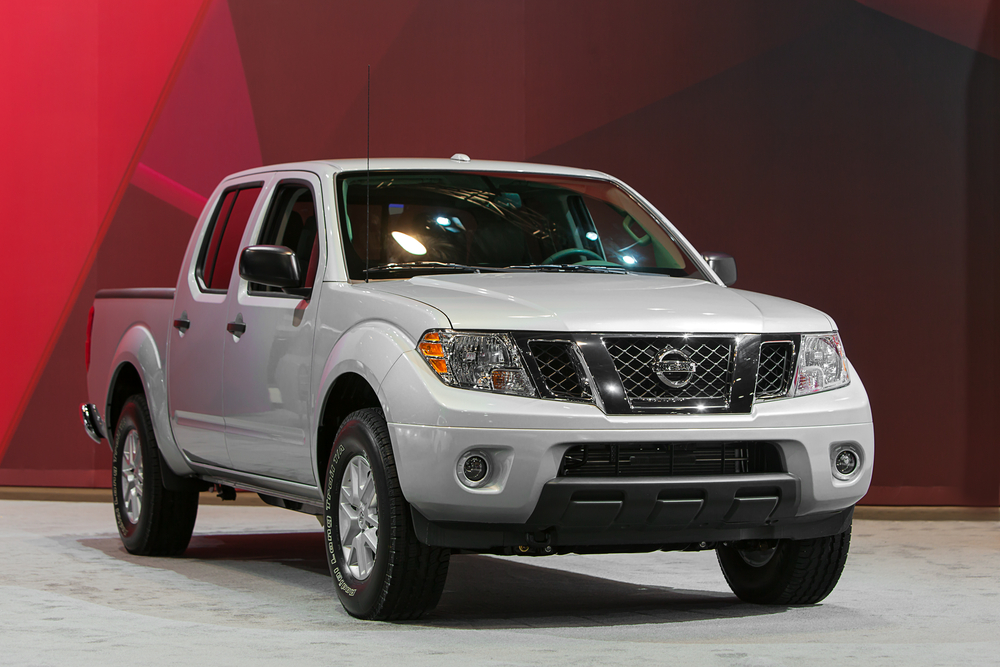
The Nissan Frontier has been powered by a 4.0-liter V6 engine, producing 261 horsepower and 281 lb-ft of torque. While it is known for its durability, its outdated design and features have hurt its trade-in value. With a lack of significant updates for over a decade, this midsize truck feels dated compared to newer models with advanced tech and safety features. Priced new at around $27,000, many owners find that depreciation hits hard, with trade-in values dropping significantly due to the Frontier’s aging design and technology.
Ford Ranger (2011-2019)
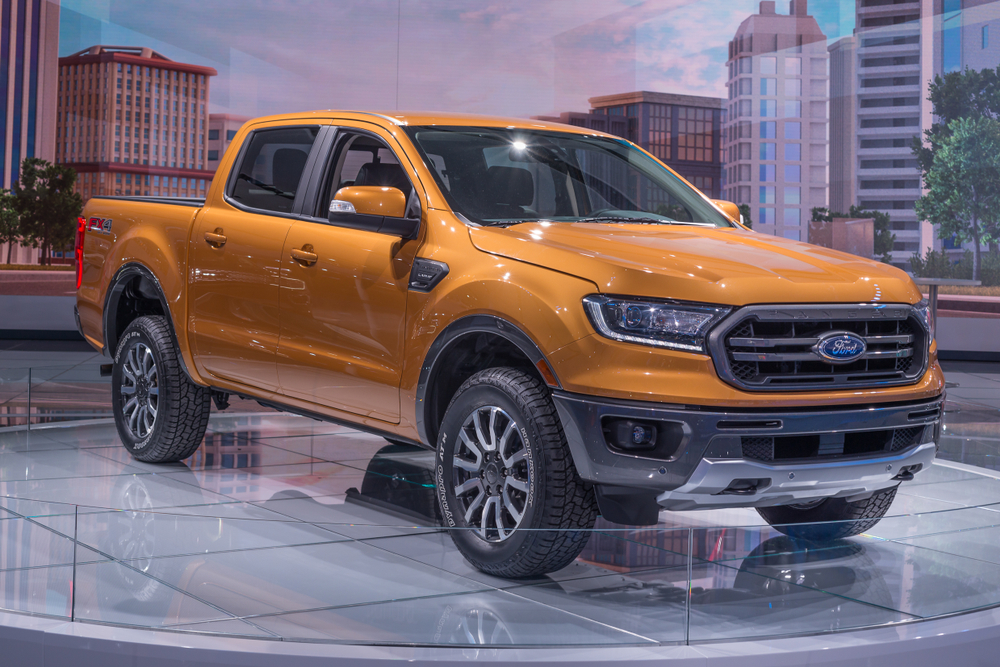
The Ford Ranger, reintroduced in the U.S. market in 2019, is equipped with a 2.3-liter turbocharged EcoBoost inline-4 engine, producing 270 horsepower. Despite Ford’s strong reputation, the earlier versions of the Ranger have struggled to hold value due to competition from better-equipped midsize trucks like the Toyota Tacoma. Limited options for customization, basic interior materials, and a less refined ride quality also contribute to its lower trade-in value, making it less desirable on the second-hand market.
Ram 1500 Classic (2019-Present)
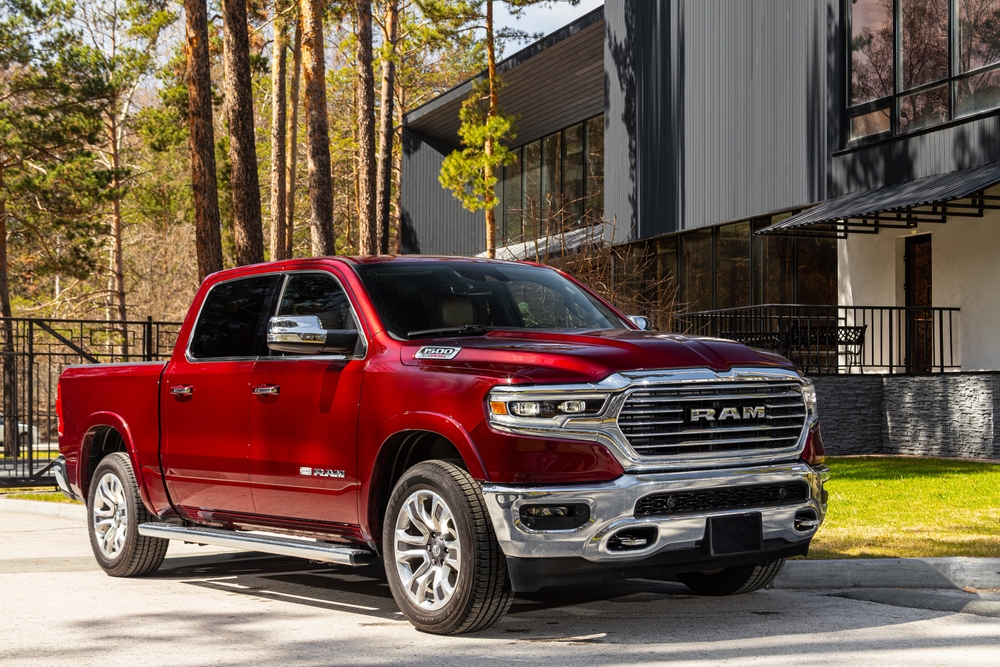
The Ram 1500 Classic is a budget version of the new Ram 1500, featuring an older body style with a 3.6-liter V6 engine producing 305 horsepower. While it offers solid performance, its outdated design, lower-quality interior materials, and limited tech features lead to faster depreciation. Priced new at around $28,000, the Ram 1500 Classic’s appeal fades quickly compared to newer models with modern features, causing it to have a lower trade-in value.
Chevrolet Colorado (2012-2019)
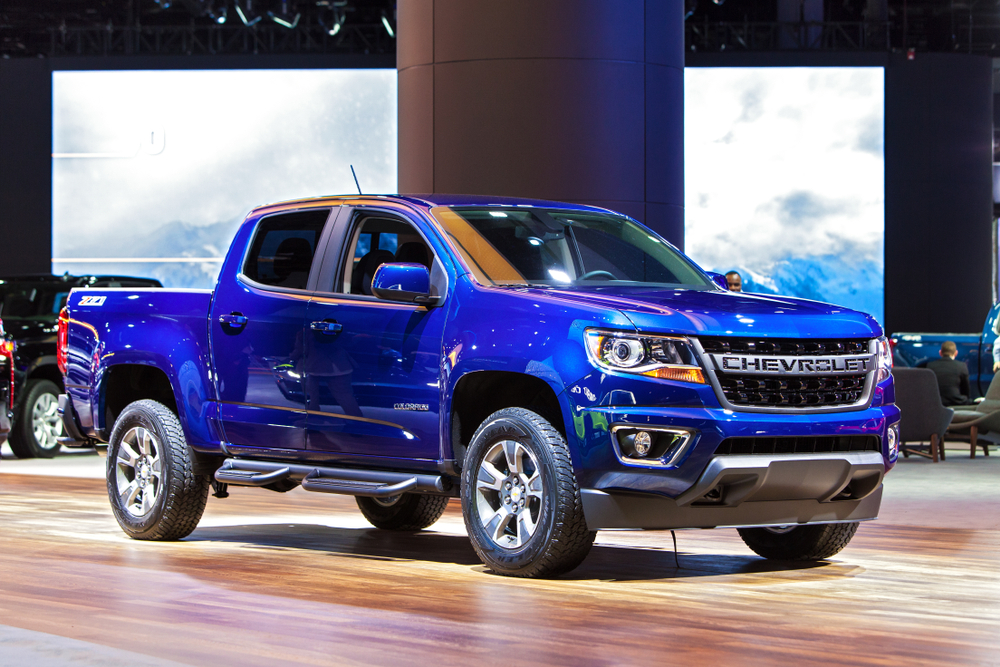
The Chevrolet Colorado, equipped with either a 2.5-liter four-cylinder engine or a 3.6-liter V6, has always been marketed as a versatile midsize truck. However, despite offering decent towing capacity and a comfortable ride, its depreciation is higher due to ongoing reliability concerns, particularly related to its transmission. The truck’s low resale value is further impacted by a lack of advanced safety features in earlier models, leading to lower trade-in values.
GMC Canyon (2015-2019)
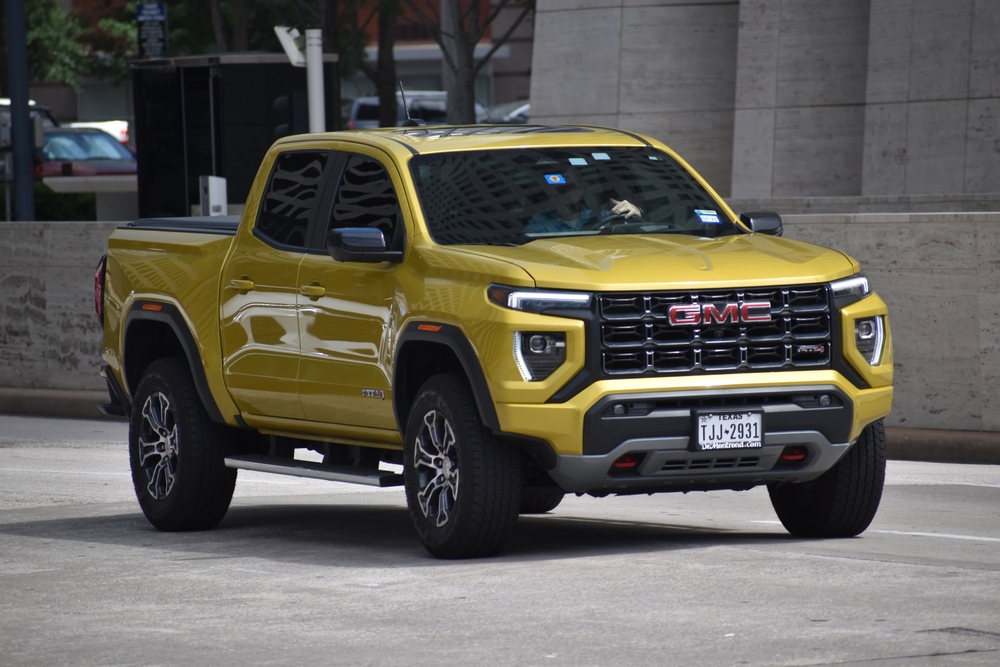
The GMC Canyon shares much of its platform with the Chevrolet Colorado, including the 3.6-liter V6 engine that delivers 308 horsepower. While the Canyon offers a more premium feel, it suffers from the same depreciation issues as its Chevy counterpart. The relatively high initial price tag (starting at around $29,000) combined with reliability concerns and a lower demand in the used market make the Canyon’s trade-in value considerably lower than its competitors.
Toyota Tundra (2007-2021)
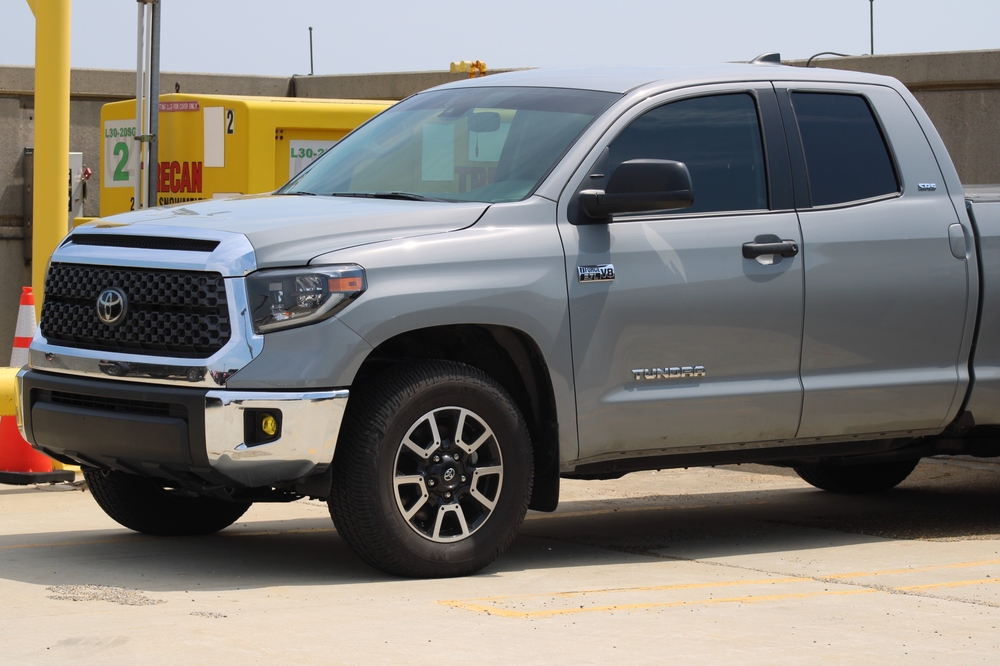
The Toyota Tundra has long been equipped with a 5.7-liter V8 engine, delivering 381 horsepower and offering impressive towing capacity. However, despite Toyota’s reputation for reliability, the Tundra’s lack of updates and relatively poor fuel economy have hurt its resale value. Priced at around $34,000 new, the Tundra is outshined by newer trucks with more modern tech and fuel-efficient engines, contributing to its lower trade-in value.
Nissan Titan (2017-Present)
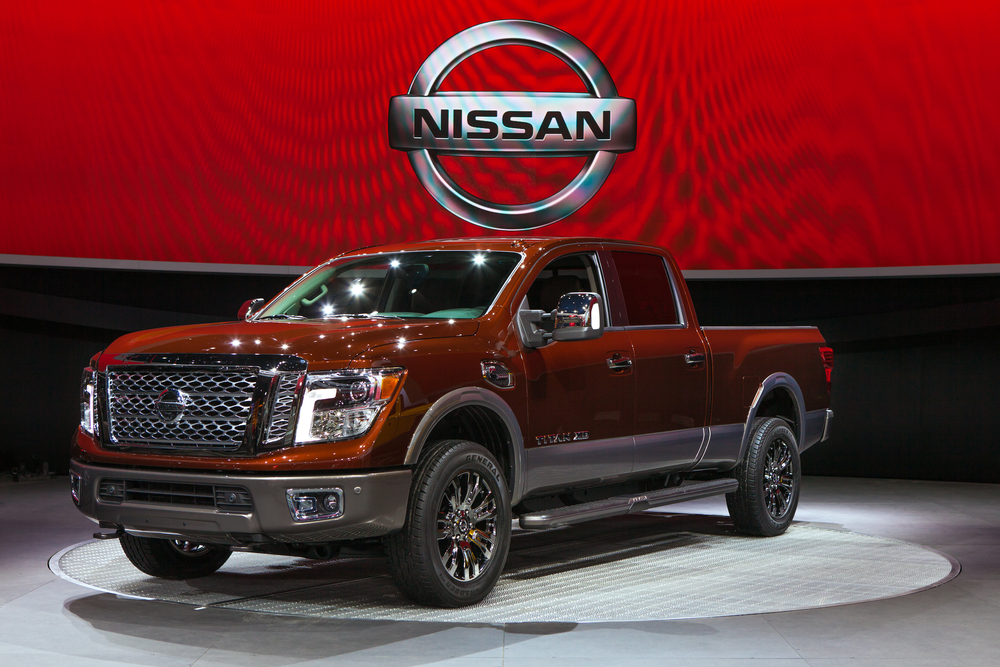
The Nissan Titan, powered by a 5.6-liter V8 engine that produces 400 horsepower, was designed to compete with full-size American trucks. Despite solid performance, the Titan suffers from lower brand recognition and a lack of innovation, which affects its trade-in value. Priced new at around $38,000, the Titan faces tough competition from more popular trucks like the Ford F-150, leading to higher depreciation and lower trade-in prices.
Mitsubishi Raider (2006-2009)
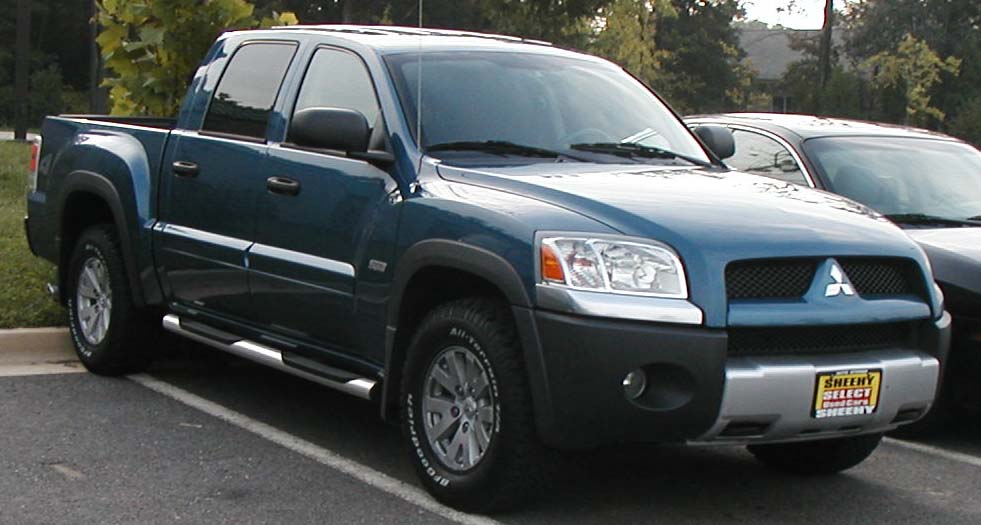
The Mitsubishi Raider, offered with a 3.7-liter V6 engine producing 210 horsepower, struggled in the truck market during its short production run. Its basic design, limited engine options, and lack of brand recognition have contributed to its poor resale value. The Raider’s reliability issues and lack of aftermarket support further decrease its desirability in the used truck market, making it one of the worst performers in terms of trade-in value.
Honda Ridgeline (2006-2014)
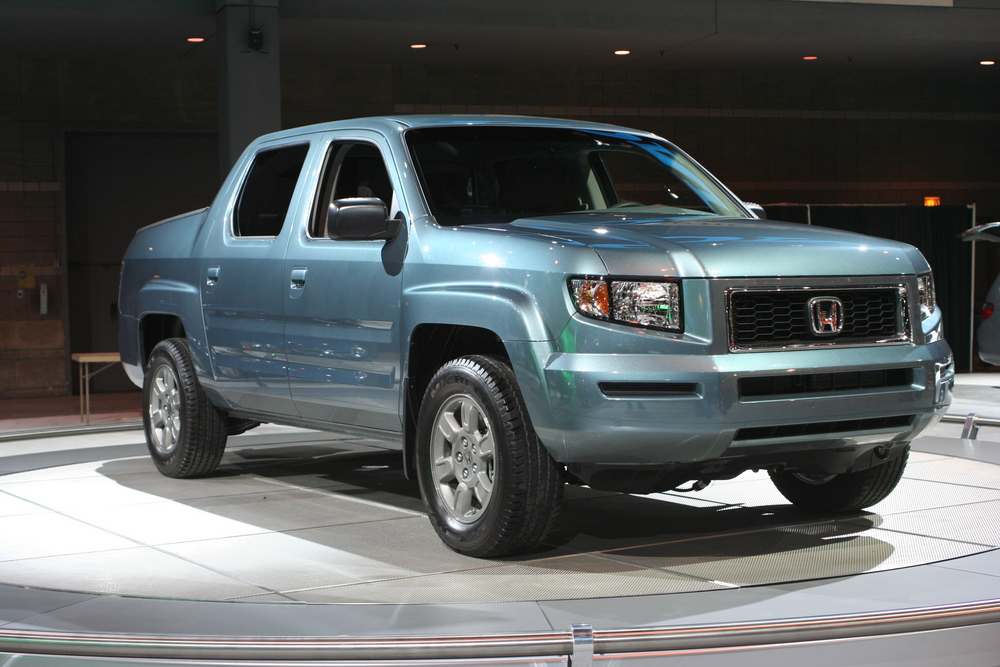
The first-generation Honda Ridgeline, with its 3.5-liter V6 engine delivering 250 horsepower, was often criticized for not being a “true” truck due to its unibody construction. While it offers a smooth ride and decent fuel efficiency, it lacks the off-road capability and towing capacity of traditional body-on-frame trucks. Priced new around $35,000, the Ridgeline’s trade-in value suffers due to a lack of interest from truck enthusiasts and stiff competition from more rugged trucks.
Ford F-150 (2004-2008)
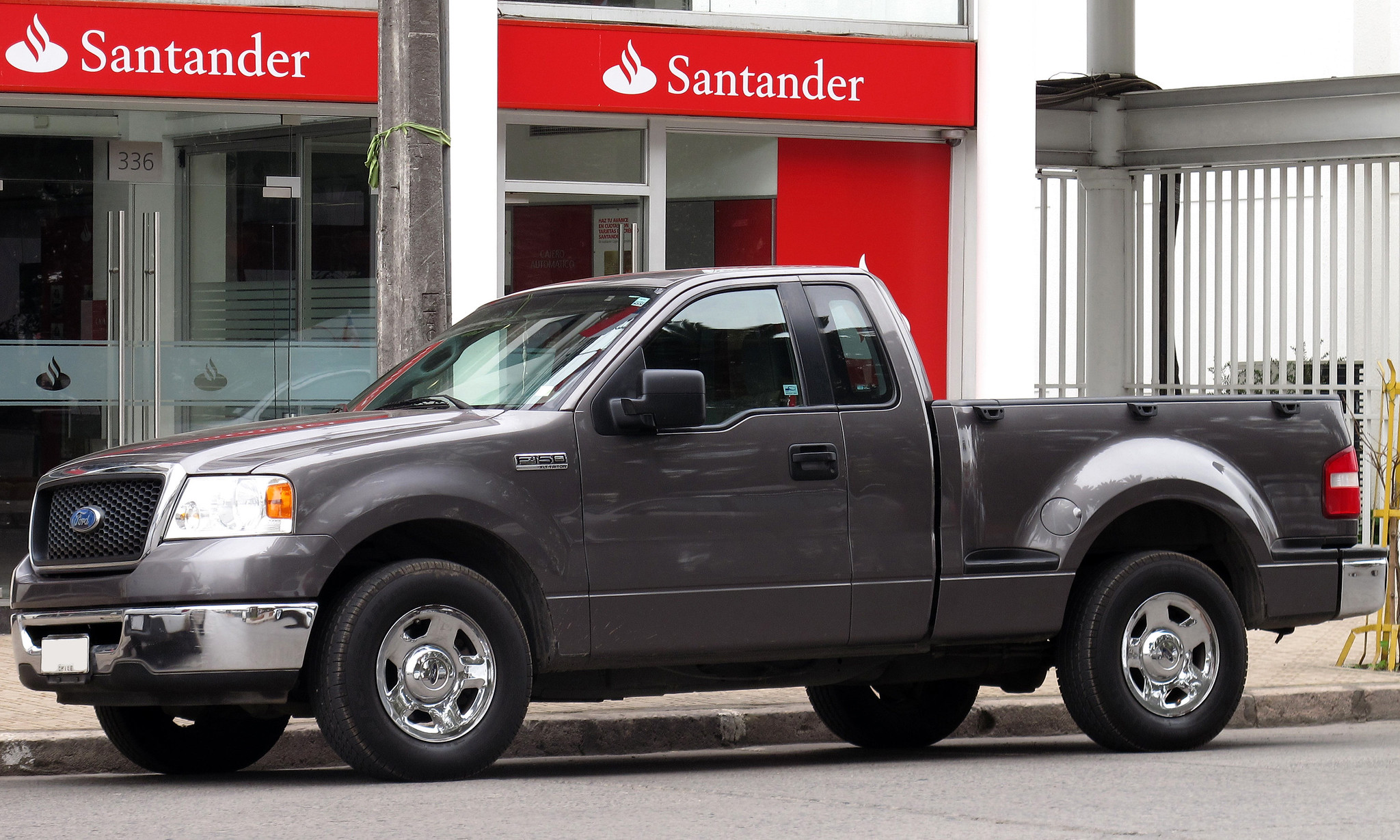
While newer F-150 models hold their value well, the 2004-2008 generation has struggled with depreciation. Common issues such as engine failures (particularly with the 5.4-liter V8), transmission problems, and rusting have hurt its reliability, making buyers wary of older models. Although it was once the best-selling truck in the U.S., these issues, combined with a high volume of F-150s on the used market, have led to lower trade-in values for these particular years.
Chevrolet Avalanche (2002-2013)
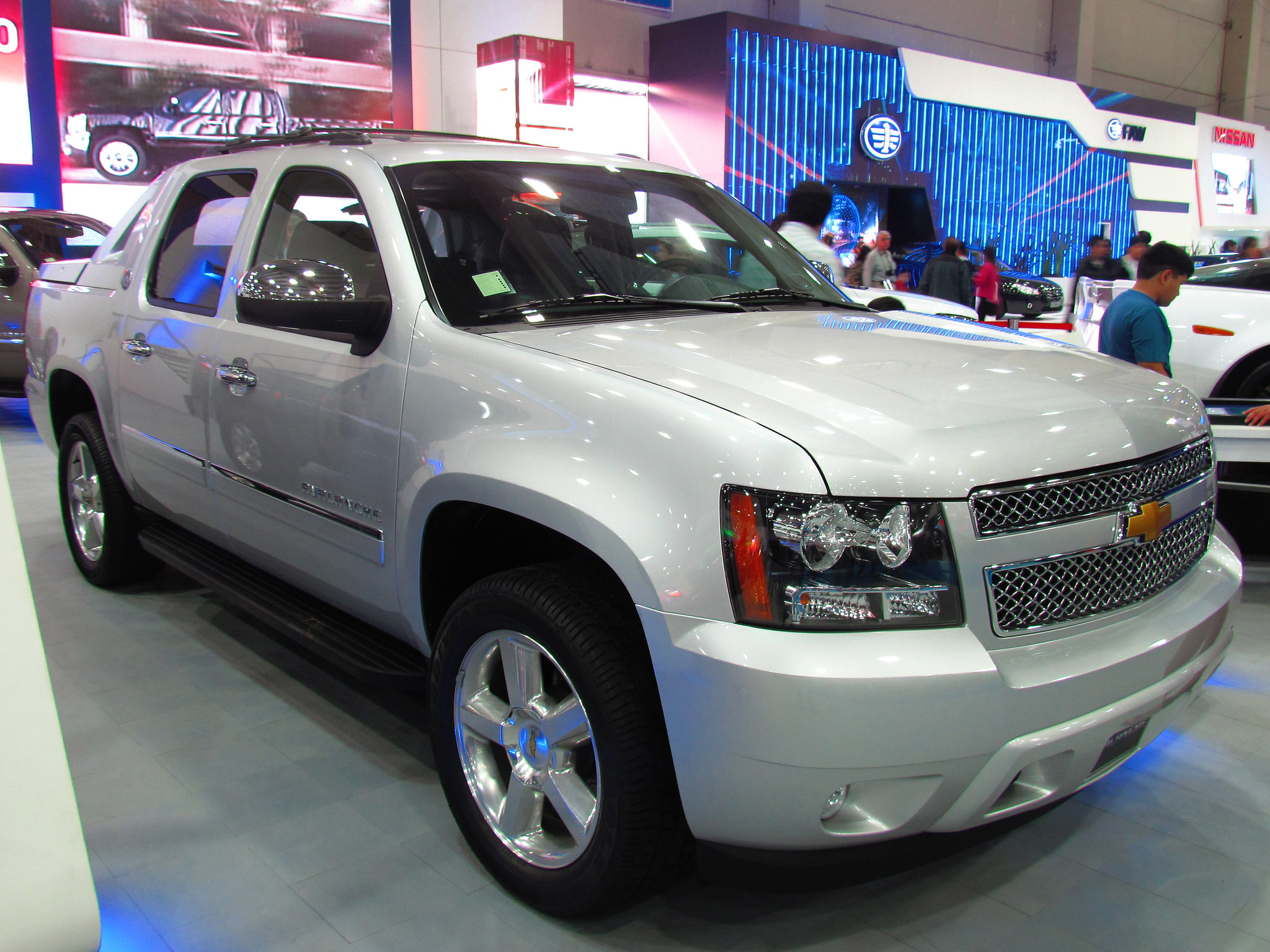
The Chevrolet Avalanche was a versatile truck with a 5.3-liter V8 engine producing 320 horsepower, known for its “midgate” feature that allowed the cargo bed to be extended into the cab. Despite its innovation, the Avalanche suffered from poor fuel economy and reliability issues, including problems with its transmission and electronics. The truck’s high initial price (starting around $36,000) and low demand in the used market have resulted in one of the worst trade-in values for a full-size truck.
Dodge Dakota (2005-2011)
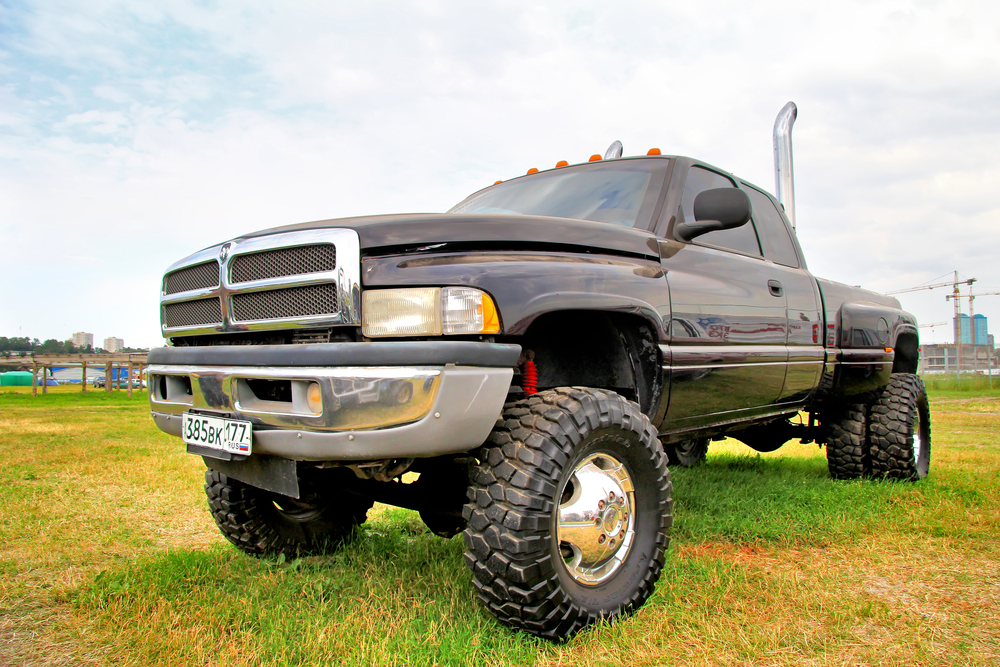
The Dodge Dakota, offered with either a 3.7-liter V6 or a 4.7-liter V8 engine, was one of the few midsize trucks capable of towing up to 7,200 pounds. However, it was plagued by issues with its engine and transmission, along with poor fuel economy. Priced new at around $24,000, the Dakota’s reputation for reliability suffered, leading to lower demand in the used market. Its steep depreciation and lack of modern features make it a poor choice for those looking to trade in their truck.
Isuzu i-Series (2006-2008)

The Isuzu i-Series, based on the Chevrolet Colorado platform, was offered with either a 2.8-liter inline-four or a 3.5-liter inline-five engine. While it shared many components with its GM counterpart, the i-Series suffered from poor sales, a lack of brand recognition, and limited aftermarket support. These factors, combined with its lackluster performance and outdated design, have resulted in low trade-in values, with the truck depreciating rapidly in the used market.
Lincoln Mark LT (2006-2008)

The Lincoln Mark LT, a luxury version of the Ford F-150, was equipped with a 5.4-liter V8 engine producing 300 horsepower. Despite its high-end materials and features, the Mark LT struggled to find a market, with many buyers preferring the similarly-equipped but cheaper F-150. Priced at around $40,000 new, the Mark LT’s poor sales and lack of demand in the used market have contributed to its steep depreciation, making it one of the worst trucks in terms of trade-in value.
Suzuki Equator (2009-2012)
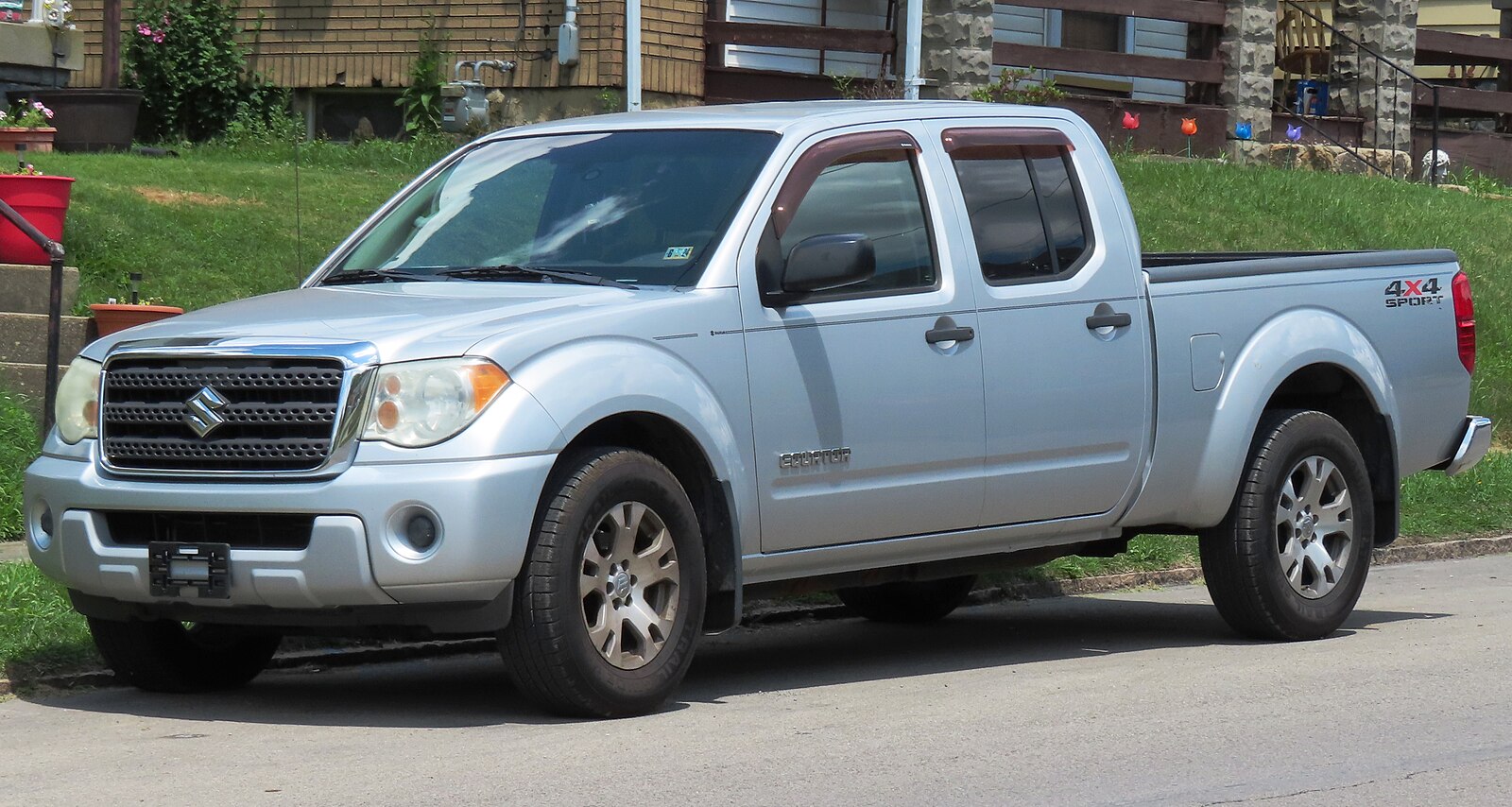
The Suzuki Equator, based on the Nissan Frontier, was offered with either a 2.5-liter four-cylinder or a 4.0-liter V6 engine. Despite its solid performance and reliability, the Equator suffered from poor brand recognition and a lack of dealership support after Suzuki exited the U.S. market. This, combined with limited aftermarket options, has led to rapid depreciation, making it one of the least valuable trucks in terms of trade-in.
Dodge Ram 2500 (2003-2009)
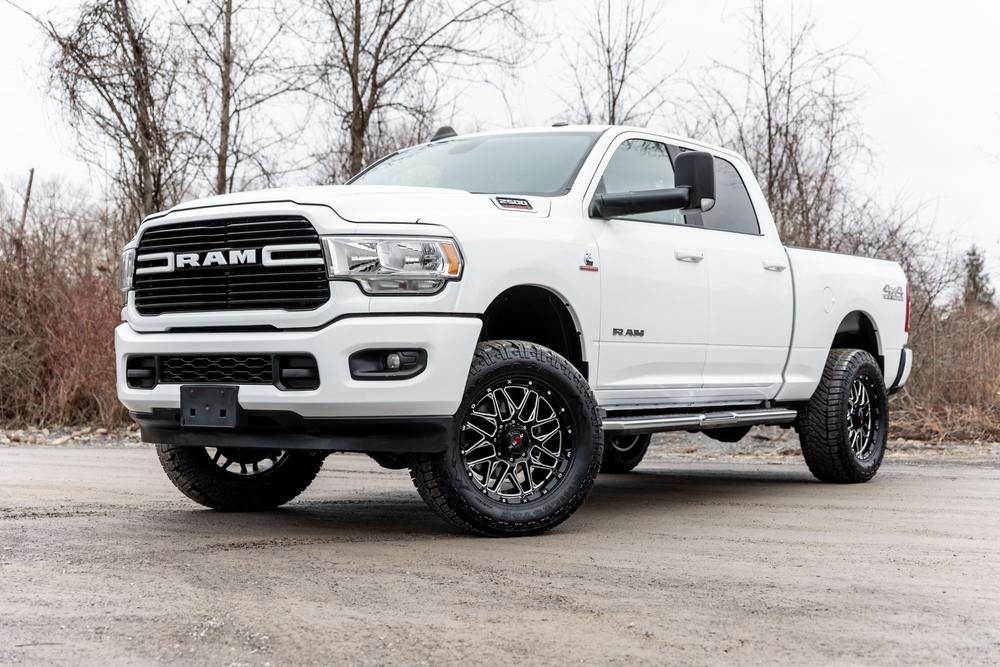
The Dodge Ram 2500, powered by either a 5.7-liter HEMI V8 or the 6.7-liter Cummins diesel engine, was a capable heavy-duty truck. However, reliability issues, particularly with the automatic transmission and suspension components, have affected its trade-in value. Priced at around $32,000 new, the Ram 2500’s high repair costs and frequent mechanical failures have led to significant depreciation, making it less appealing to used truck buyers.
GMC Sierra 1500 Hybrid (2009-2013)
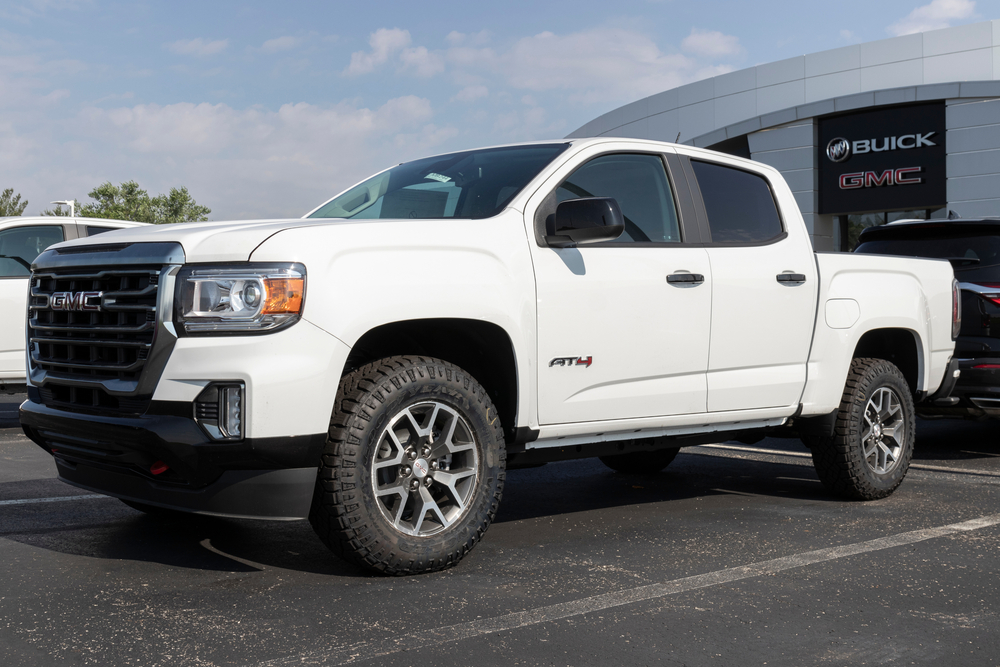
The GMC Sierra 1500 Hybrid, featuring a 6.0-liter V8 engine paired with an electric motor, was designed to offer better fuel efficiency without sacrificing power. However, its hybrid system was complex and expensive to repair, leading to reliability concerns. Priced around $40,000 when new, the hybrid version of the Sierra struggled to gain popularity, and its higher repair costs have resulted in low trade-in values.
Toyota Tacoma Pre-2015 (2005-2015)
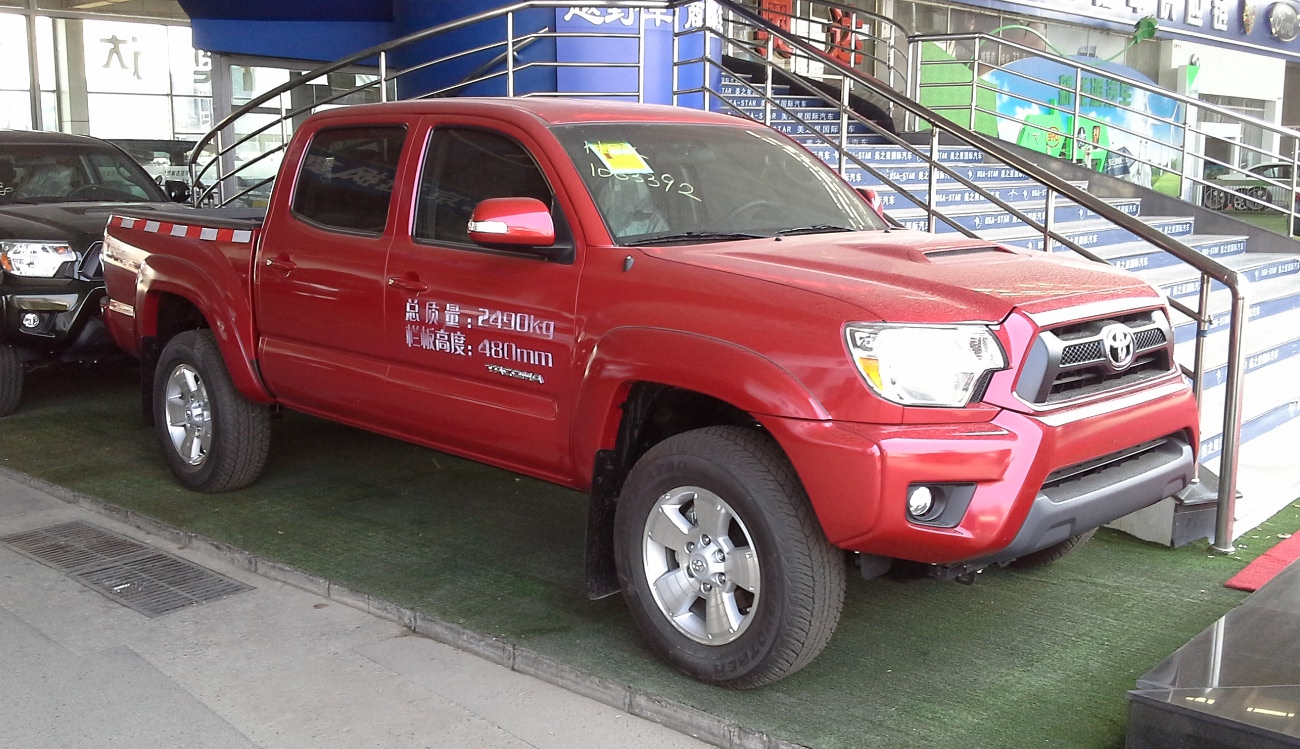
Though Toyota Tacomas are generally reliable, the models produced before 2015 have been known to suffer from frame rust issues, prompting Toyota to extend warranties and replace frames under recall. These issues have hurt the trade-in value of earlier Tacoma models, despite their reputation for longevity. The high cost of frame replacement and potential rust damage make buyers cautious, resulting in a drop in value for older Tacomas.
Chevrolet Silverado 1500 (2007-2013)

The Chevrolet Silverado 1500 from this generation, equipped with a range of V6 and V8 engine options, has faced significant depreciation due to reliability concerns. Transmission problems, oil consumption issues, and a reputation for rust have contributed to lower resale values. Although it was priced competitively at around $30,000 when new, these reliability issues, combined with high repair costs, have resulted in low trade-in values. Its frequent mechanical failures and competition from more reliable trucks have hurt its long-term value.
Mazda B-Series (1994-2009)
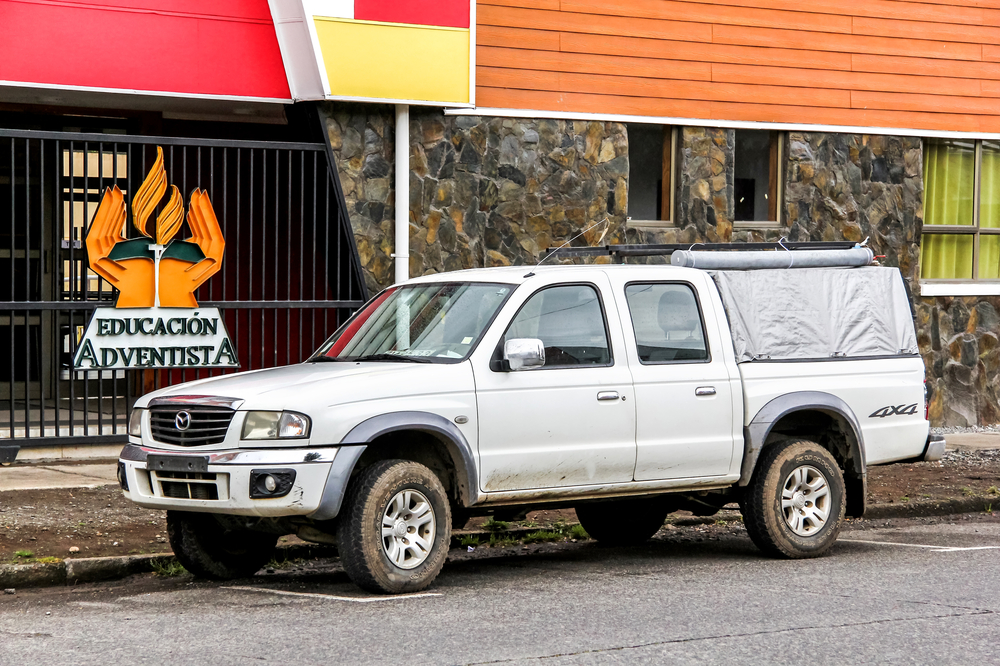
The Mazda B-Series, based on the Ford Ranger platform, was equipped with a range of inline-four and V6 engines, offering moderate power and durability. However, the B-Series never gained the same level of popularity as its Ford counterpart, which led to a lack of aftermarket support and poor resale values. Additionally, the truck’s outdated design and limited features made it less appealing in the used market, leading to a rapid drop in trade-in value. While affordable when new, its depreciation has been steep.
This article originally appeared in MyCarMakesNoise.
More from MyCarMakesNoise
8 RVs That Missed the Mark on Functionality
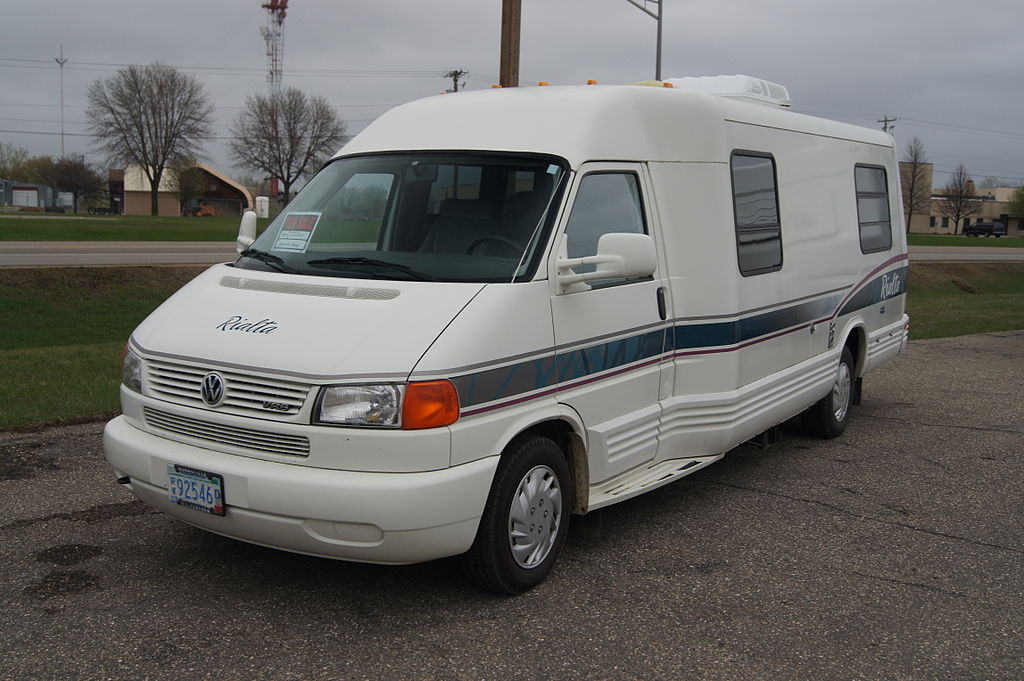
Whether due to poor design choices or lack of durability, these RVs fell short of providing a reliable experience. Read More.
16 Small Aircraft Manufacturers Shaping the Future of Aviation
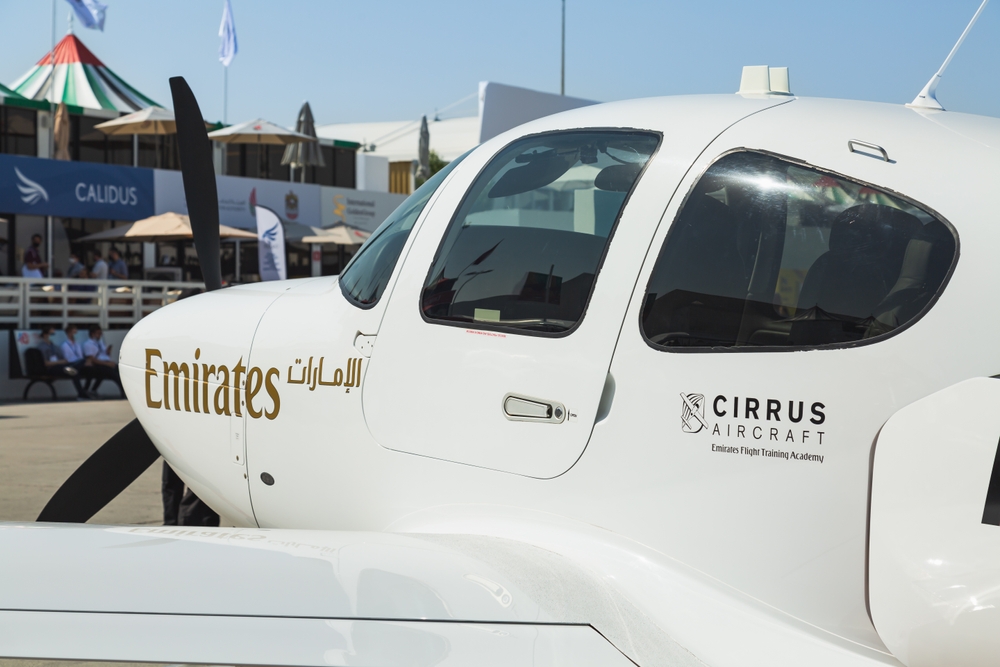
Whether they’re creating light sport planes or high-performance aircraft, these manufacturers are leading the way in making aviation more efficient, accessible, and sustainable. Read More.
16 Most Advanced Submarines in Naval History
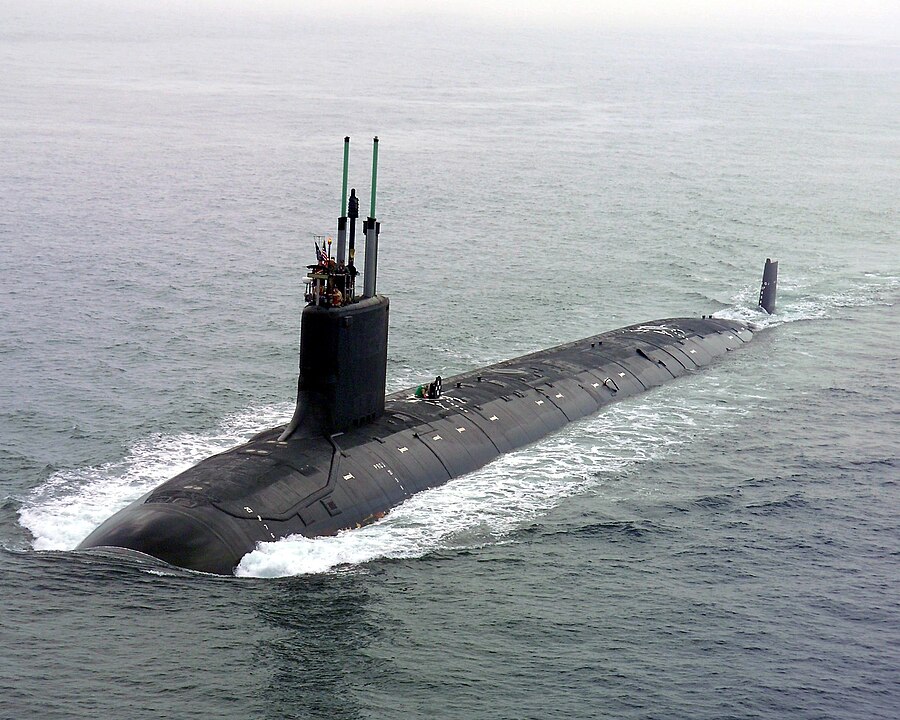
From stealth technology to powerful weapon systems, these vessels are designed to operate in the most challenging environments. Read More.

